• Interstellar dust: formation and destruction, shapes, size distribution, optical and calorimetric
• properties.
• The radiative transfer equation: derivation, source and sink terms, line and continuum
• transport, scattering by dust, dust absorption and re-emission in local equilibrium conditions.
• The photon package life cycle: Monte Carlo basics, primary emission, interactions with the
• dust, escape and detection, panchromatic simulations and dust emission.
• Spatial grids: grid traversal, regular Cartesian grids, hierarchical grids, Voronoi grids.
• Sampling from spatial distributions: random number generators, inversion method, rejection
• method, decorating geometries with spiral arms or clumps, importing hydrodynamics
• simulation results.
• Optimization techniques: forced scattering, continuous absorption, peel-off, composite
Credits 6.0 Study time 180 h
Teaching languages
Keywords
Position of the course
Contents
Course size (nominal values; actual values may depend on programme)
(Approved) 1
Access to this course unit via a credit contract is determined after successful competences assessment
This course unit cannot be taken via an exam contract
end-of-term and continuous assessment
examination during the second examination period is not possible
Assignment
Group work, lecture, independent work
• biasing.
• Parallelization: shared and distributed memory, redistribution of parallel data between
• simulation phases, performance scaling.
• Inverse radiative transfer: fitting analytical models to observations, searching large parameter
• spaces.
• Extensions to the basic radiative transfer equation: dust heating in nonequilibrium conditions,
• polarization, kinematics, radiation hydrodynamics.
• Other radiative transfer simulation techniques: ray-tracing, moment method, dealing with high
• optical depth, benchmark efforts.
Several of these subjects are illustrated with astrophysical science cases, and the
accompanying practical project links directly into many of the theoretical subjects.
Final competences:
1 Derive the radiative transfer equation and understand its components.
2 Describe the Monte Carlo photon package life cycle and related techniques for spatial discretization, sampling from three-dimensiomal distributions, computational optimization, and parallelization.
3 Explain the pros and cons of the various techniques used in radiative transfer simulations.
4 Describe some science cases to which to radiative transfer simulations are applied and
1 explain why they are relevant.
5 Apply a state-of-the-art radiative transfer code to basic science cases.
6 Adjust a scientific code written in C++ to specific research demands.
7 Interpret radiative transfer simulation results in a numerical and astrophysical context.
8 Orally convey the findings of a radiative transfer simulation project to experts.

